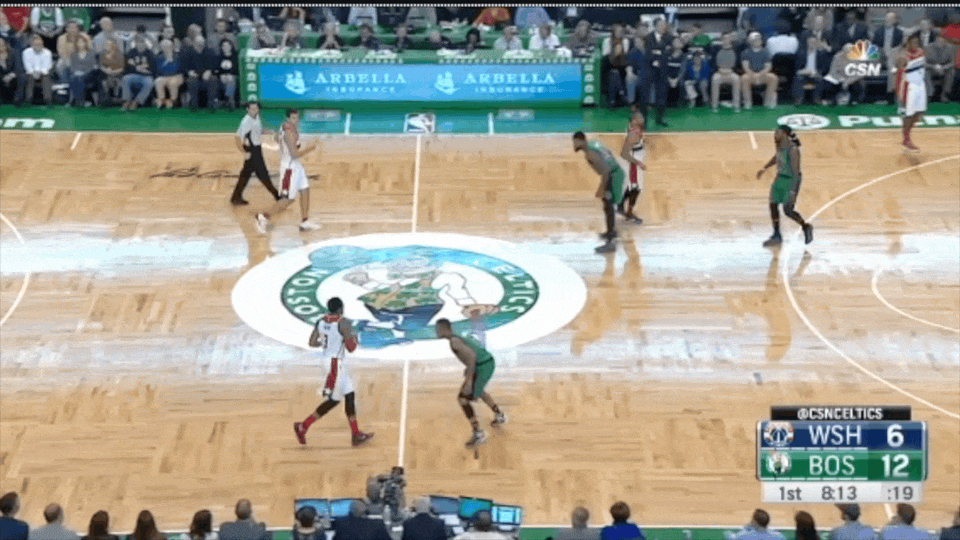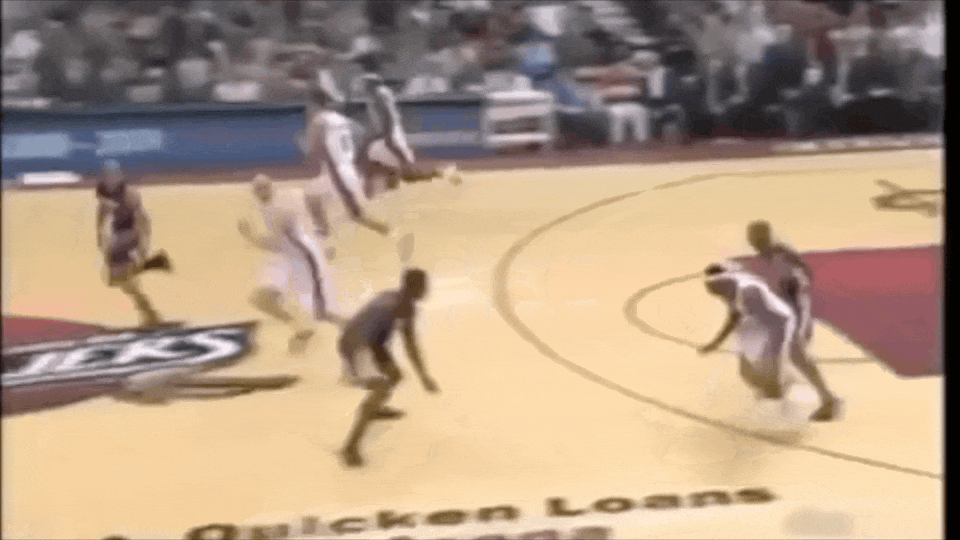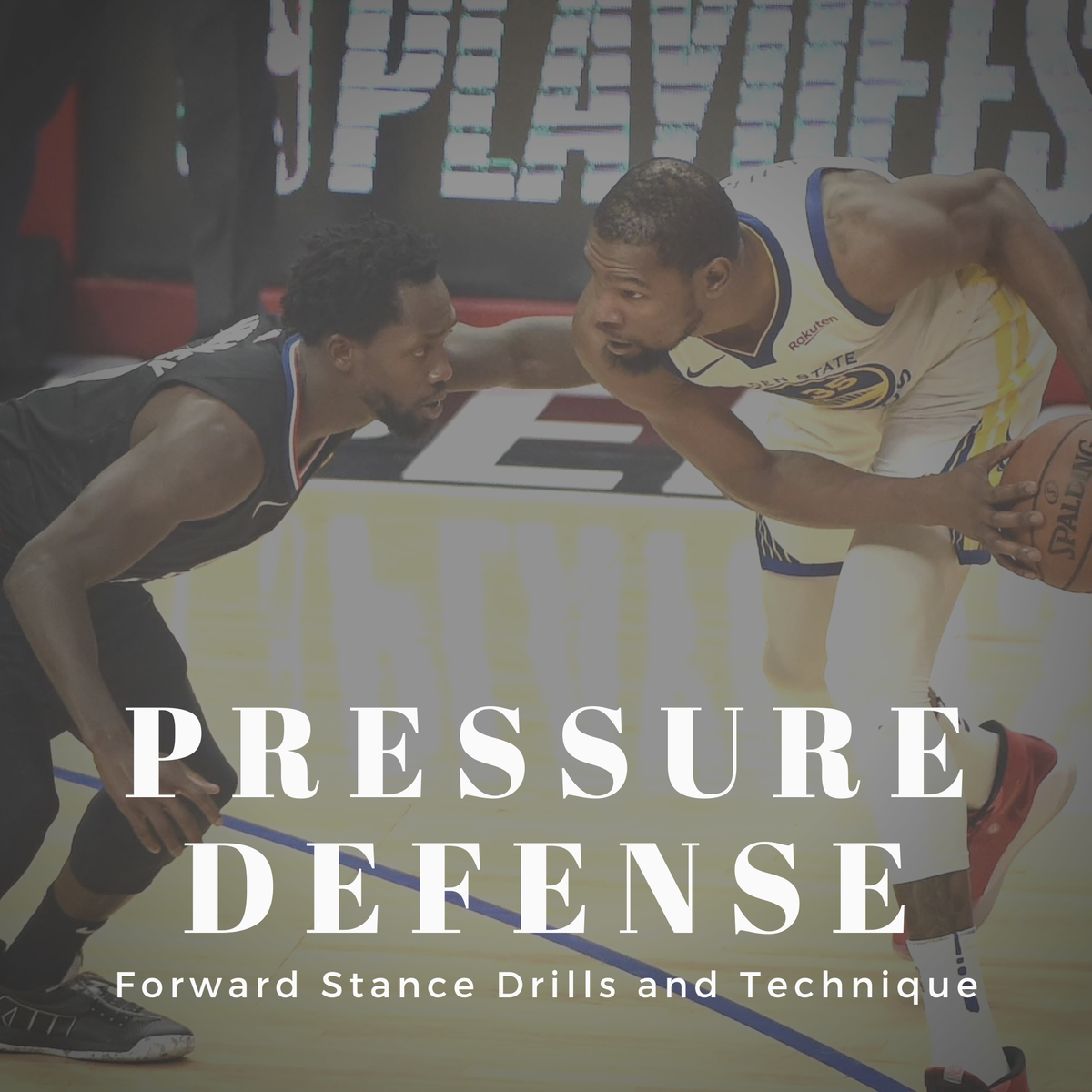
Disruptive Control is one of the essential keys for an elite pressure defender. It is the ability to control and disrupt an offensive player on ball. And it was this week's topic on the Lockdown Podcast, to listen to the episode go to: https://podcasts.apple.com/us/podcast/lockdown-defense/id1636061179?i=1000584080906
There are three main areas to consider when talking about disruptive control: the mindset defenders need to adopt, the means to which you are able to exert control and the drills to use in order to practice and hone this skill.
The first key is the mindset shift. Many players prefer offense to defense in basketball because they feel empowered, they're excited to see what kind of play they will make and what they will do. Whereas on defense many players feel they are the reactors, wondering what will happen to them and what kinds of things they'll need to do. But that shouldn't necessarily be the case. Great defenders are excited to go back on defense. In their minds they feel the same way offensive players do, "what will I do on this play, how can I blow this thing up, how can I make a play here." Elite defenders feel empowered on defense.
Now how do we teach our players to feel the same way. My personal preference is to start with a 2v1 transition drill. Here the odds are heavily stacked against the defense, but we must learn that we are not spectators waiting to see what happens. Instead, we have to take control of the 2v1 setting. The defender actually has a lot of control - he can decide if the offense needs to pass, who gets the layup, which side of the basket, strong hand weak hand, ect. The mind games can start to occur - stunting and recovering, making the offense unsure - how can I bait this player into a pass and jump it, how can I make this player who wants to pass keep it and try to finish against me, who's worst at making layups, this guy has no left hand...
Once your players understand the ability to take control of a 2v1 situation, going to a 1v1 setting will be easy. The mindset stays the same, our application just slightly changes. Now we can pressure the ball handler and by doing so, make him/her more predictable. If I get all over this players left hip, I know he or her has to attack me right. With this knowledge I can anticipate and beat them to the spot on first sign of an attack. Watch Avery Bradley do it perfectly in this clip:

Many players are afraid to pressure the ball because they feel it opens them up to blow bys. They don't realize the pressure can actually give you an advantage. Don't get me wrong, you need a skilled and athletic defender to execute this idea of disruptive control. But staying back, even against the best, will make guarding them even harder - now they can use set up moves, get you leaning, shifting, attacking with speed.
When you give an offensive space, you have no control:

But when you can add pressure and anticipate, you have a chance to disruptively control. Go from spectator and reactor, to dictating and controlling.

Drills:
My two favorite drills for teaching and building this idea are 1v1 Pressure Box and 1v1 Lane Line. You can find videos and explanations to those drills in the video links above or below.
I prefer these drills because the defense is allowed a safe space to experiment with pressure and build our development on confidence. We don't want to just see our players start pressure and getting blown by full court for layups. We want to approach this idea the same way we approach shooting: start in close, see the ball going in, fix any techniques or issues and then slowly build out. Same concept is behind these drills and the full progression which can be found in the On-Ball Pressure Clinic. A 37 minute clinic dedicated to the art of on-ball pressure and includes this idea of disruptive control as well as video breakdowns, stance, techniques, drills and more. To find out more about this clinic go to: www.lockdownhoops.com/pressure

See you next time.

